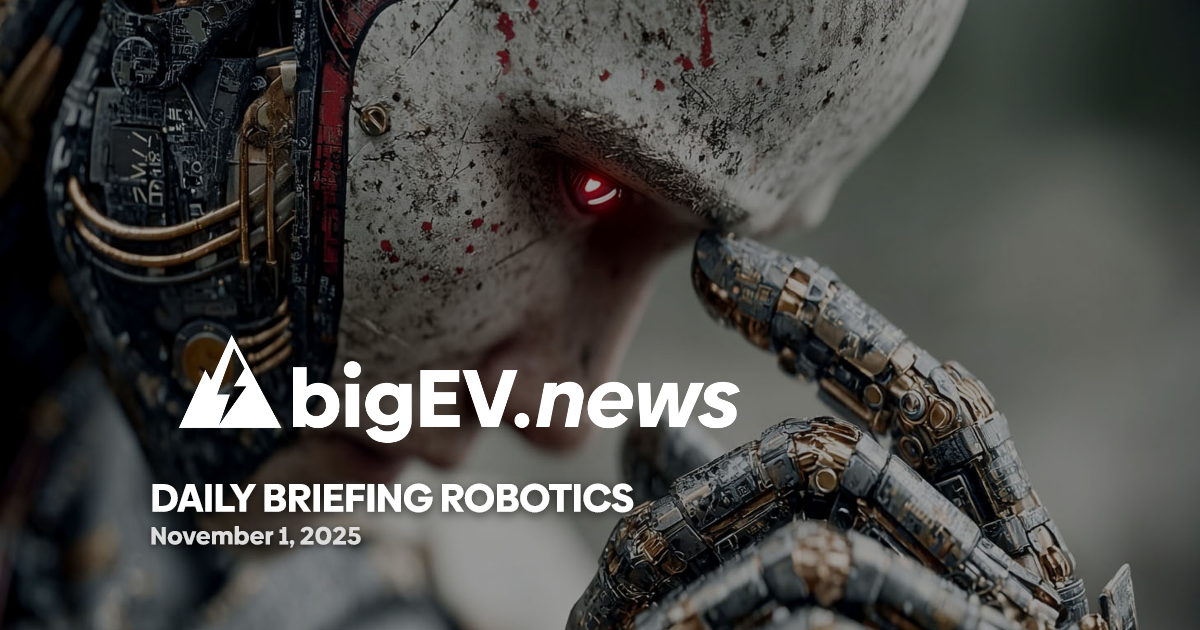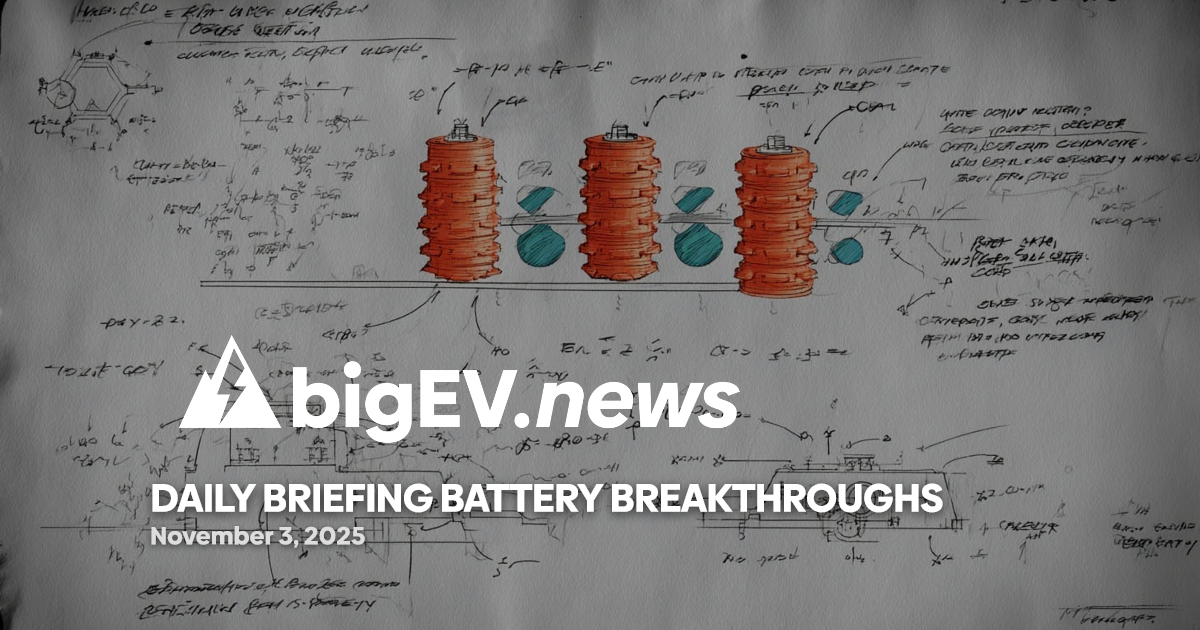AI-powered robotics platforms are transforming manufacturing, healthcare, logistics, and infrastructure, driving new investment, regulatory scrutiny, and ethical debate.
At a glance – The past 24 hours have seen a surge in robotics and AI-powered automation across multiple sectors, with collaborative robots (cobots) and autonomous systems at the forefront of industrial transformation. The global market value of industrial robot installations has reached an unprecedented $16.5 billion, reflecting a dramatic increase in adoption rates. This growth is being driven by advanced AI integration, enabling robots to make real-time decisions, optimize workflows, and interact more intuitively with human operators. Major automotive manufacturers such as Honda are downsizing their human workforces in favor of AI-driven robots, while e-commerce giants like Amazon now deploy over 750,000 AI-powered robots in their logistics operations. The trend is not limited to manufacturing; service, healthcare, and public environments are also experiencing rapid deployment of intelligent robotics, signaling a new era of automation and efficiency.
Technology advance – Recent breakthroughs in AI software are enabling robots to process natural language, interpret complex visual data, and make autonomous decisions in dynamic environments. Generative AI-driven interfaces now allow users to control robots using conversational language rather than code, significantly lowering the barrier to adoption. In the healthcare sector, surgical robots equipped with advanced perception and learning capabilities are assisting surgeons with precision tasks, while AI-powered exoskeletons are supporting patient rehabilitation and elderly care. In logistics, autonomous mobile robots (AMRs) are navigating warehouses and public spaces, dynamically responding to obstacles and optimizing delivery routes. The integration of edge computing and cloud-robotics is further enhancing these systems, enabling real-time data processing and remote fleet management for drones, unmanned vehicles, and service robots.
Partnerships – Strategic alliances are accelerating the deployment of robotics in critical sectors. In the agricultural domain, leading robotics firms have partnered with major agribusinesses to deploy AI-enabled field robots capable of crop monitoring, precision spraying, and autonomous harvesting. In public environments, collaborations between robotics startups and municipal governments are rolling out service robots for urban cleaning, security, and infrastructure inspection. Notably, a new partnership between a top robotics manufacturer and a cloud AI provider is enabling seamless integration of edge robotics with cloud-based analytics, allowing for scalable, secure, and adaptive robotic fleets. These alliances are not only expanding the capabilities of individual robots but are also fostering the development of interoperable platforms that can be rapidly customized for diverse applications.
Acquisitions/expansions – The robotics sector has witnessed significant M&A activity and funding rounds in the last day. A major industrial automation company announced the $1.2 billion acquisition of a leading AI robotics startup specializing in autonomous ground vehicles for logistics and supply chain automation. Meanwhile, a prominent VC firm closed a $500 million fund dedicated to early-stage robotics and AI ventures, with a focus on edge robotics, human augmentation, and cyber-physical security. In the drone sector, a global logistics provider expanded its unmanned aerial delivery network to cover 20 new cities, leveraging advanced navigation and sensing technologies for last-mile delivery. These moves underscore the intense competition and rapid scaling underway as companies race to capture market share in the evolving robotics landscape.
Regulatory/policy – Regulatory bodies are responding to the proliferation of robotics with new guidelines and oversight mechanisms. In the United States, the Department of Transportation issued updated safety standards for autonomous vehicles and drones, emphasizing requirements for AI transparency, fail-safe protocols, and data protection. European regulators are advancing proposals for a unified framework governing the deployment of collaborative robots in healthcare and manufacturing, with a focus on workforce safety, liability, and ethical use. Privacy advocates are raising concerns about the increased collection of personal data by service robots in public and private spaces, prompting calls for stricter encryption and cyber-physical security standards. These regulatory developments reflect growing recognition of the societal and ethical implications of widespread robotics adoption, particularly regarding workforce displacement and human-machine collaboration.
Finance/business – Financial markets are reacting positively to the momentum in robotics and AI automation, with robotics-focused ETFs and public companies outperforming broader indices. Executive commentary from leading robotics firms highlights robust demand across manufacturing, logistics, and healthcare, driven by labor shortages and the need for operational resilience. Startups specializing in AI-powered perception, decision-making, and safety systems are attracting significant investment, with several reporting oversubscribed funding rounds. In the infrastructure sector, robotics-enabled supply chain automation is being credited with improving resilience and reducing costs amid ongoing global disruptions. As businesses increasingly view robotics as a strategic imperative, analysts predict continued growth in capital flows, M&A activity, and cross-sector innovation throughout the remainder of 2025.
Sources: Computar, Standard Bots, edX, IFR, JR Automation, industry press releases









